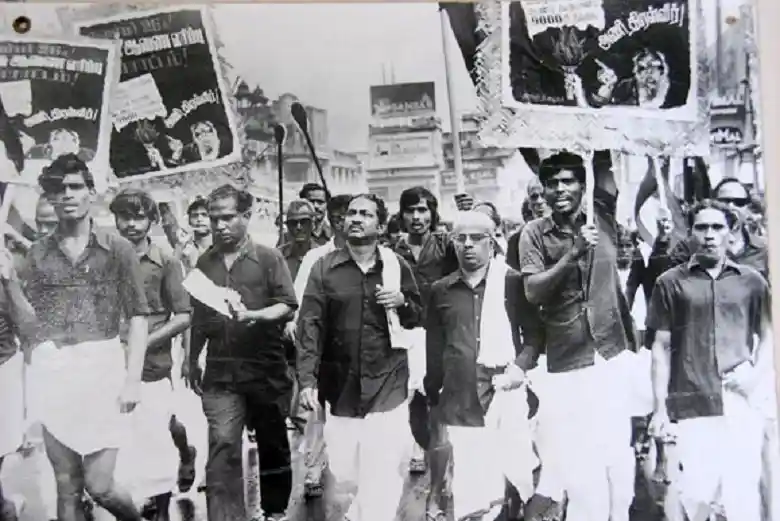Non-Brahmin Movement: Age of Enlightenment for the Lower Caste Indians
The Non-Brahmin Movement was a movement against Indians, by Indians, at a time when India was colonised by a bigger power, a bigger force. English education opened not only the scope of jobs for Indians but also opened the eyes of the marginalized Indians who faced caste-based discrimination. After knowing the specifics of this movement, one can say that this movement can easily be called the Age of Enlightenment for the non-Brahmins.

The Dravidian Movement, an Extension of the Non-Brahmin Movement, Source: dreamstime
Knowledge is the weapon that has the strength to slice any injustice into pieces by debating and proving one's point. Till that time, education was a reality for the elite and bourgeois Indians only, the marginalised lived in an era of darkness, forced to scum to the adversity of their faith. Like a flaming torch of enlightenment, education was offered to everyone who had the brains and the willingness to learn and acquire a skill. The darkness of oppression was crossed and a spark of rebellion was ignited, in the newly educated minds of the non-brahmins.
It was the year 1916, almost a century later when the British had passed a mandate for education in English to bridge the gap between the Indians and the British by refining Indians by teaching them English. The English-educated Indians coordinated between the British and the Indian public at large thereby, benefitted both parties in the long run.
These allowed the non-Brahmins to come out of the shackles of the caste system and take a step towards education. Education made them realise how far the Brahmins have hegemonized the lives of the non-brahmins, based on a system that was ancient and discriminatory. Anger arose and so did the need for change. The non-brahmins were no longer uneducated dependent servants of the Brahmins. In front of the British, the ultimate coloniser, even the Brahmins were counted as servants and subordinates.
The Non-Brahmin movement officially rippled in the South. Two lawyers from Madras, P. Subramanyam, and M. Puroshotam Naidu, bought forward their analysis of the data showing the dominance of Brahmins in Indian administrative jobs. It was a thorough research that presented eye-opening facts about Brahmin dominance in India. Followed by this, a movement called the Dravidian movement started to counter this dominance. Dravidian is a linguistic tradition that consists of four main languages of the south, namely- Kannada, Tamil, Telugu, and Malayalam.

A Still From the Movement in a University Premise, Source: TheNewsminute
A justice council was set up by the non-brahmins to address this issue. It's assumed that it was this non-brahmin movement in the south which opened up a new stream of anti-brahmin movements in the country, starting from Bhim Rao Ambedkar who went on to write the first independent constitution of India. The non-Brahmins in the south mainly were the Lingayats, the Marathas and the Vellalas, etc. The Dalits came into being during the modern period, based on their opposition to the traditional Brahminical society.
Jyotirao Phule was the next social activist, a teacher from the Mali caste who campaigned widely in Maharashtra against the Brahmin doctrine and he even questioned the sanctity of the Indian mythologies so beloved by the Hindus. The Non-Brahmin Movement was defamed as an anti-nationalist movement because it supported the British view of imparting English education to Indians, irrespective of their caste, class, or creed. Hence, the British kind of equated this chasm between the Indians, though their same scheme in religion backfired.
Even though the British used education as a weapon to pave their path to comfort, without it, the non-Brahmins would never have been able to comprehend their reduced situations, detect the unfairness, and neither would ever have raised a voice against cultural and social disparity. In this manner, colonisation turned out to be a blessing in disguise for the non-brahmins, unintentionally laying the foundation of equality and liberty in the context of the Indian caste system.


